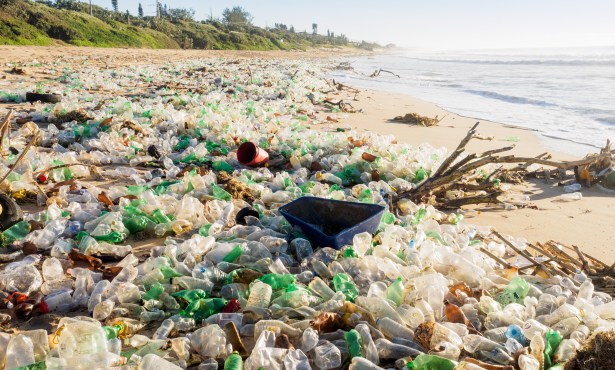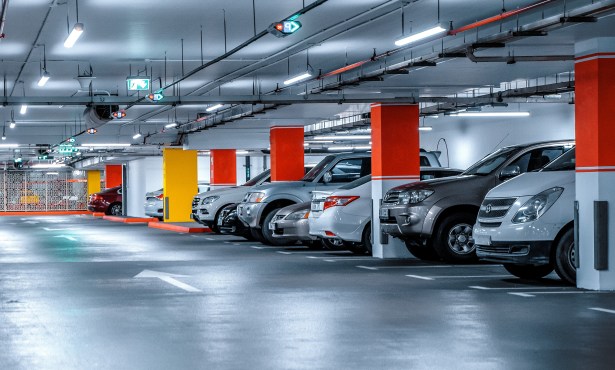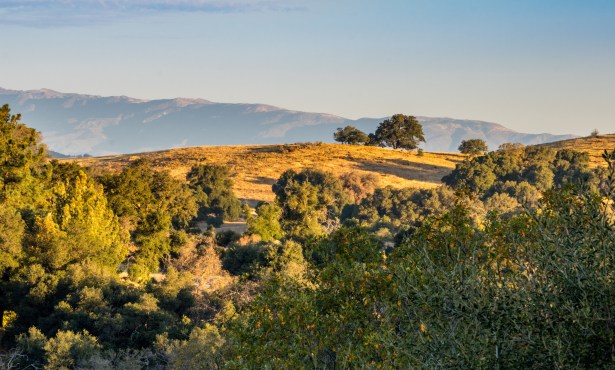Going Green: Urban Air Conditioning?
What Santa Barbara Can Learn from Los Angeles Mayor Eric Garcetti’s Effort to Reduce City Heat
Last year was the hottest year on record. Just about every city registered more warm days than in previous years. Consequently, cities are starting to strategize about how to lower the thermostat. Eric Garcetti, the mayor of Los Angeles, is leading the charge, pledging to reduce the average temperature in his metropolis by three degrees over the next 20 years. Achieving this goal will improve comfort for the city’s inhabitants as well as reducing energy consumption and improving air quality.
Santa Barbara, like L.A., enjoys mild temperatures along our coastal strip with the cooling effect of offshore sea breezes diminishing as they move inland. Localized heat or cool islands occur due to topography and differences in land cover. Greater density of asphalt streets and parking lots, dark roofs, and sparse vegetation, known as the “heat island effect,” add additional degrees of heat.
According to the L.A. Times, more than half of L.A.’s surface is covered by dark roofs and asphalt paving. As these surfaces heat up, they warm the nearby air and continue doing so into the night. This diminishes the sea-breeze cooling effect more than would be the case in vegetated areas.
One strategy the city is looking into is “cool pavements,” high-tech materials that reflect more sunlight and stay cooler during the day and night. In summer 2015, the city tested a cool pavement at a large parking lot in Encino and recorded temperatures averaging 11 degrees cooler in mid-afternoon.
L.A. policymakers are also investigating “cool roofs” and adding more street trees. They know that many strategies will be needed to produce results and in different combinations for different neighborhoods since many factors contribute to the heat island effect. An area having lots of cool roofs but no trees won’t benefit much from more cool roofs but will from planting trees. Similarly, an area with tree-lined streets won’t benefit much from adding reflective pavement, because the streets and sidewalks are mostly shaded anyway.
Sophisticated infrastructure and temperature mapping of L.A.’s many neighborhoods is underway. Data collectors have already found a variability of over 20 degrees between downtown L.A. and the San Fernando Valley on the same day. Cooling L.A. will take years to accomplish, if at all. Fortunately, Santa Barbara has a head start on neighborhood cooling because of its long-standing tree planting policies.
All these efforts are important, but we mustn’t forget the framework — namely, the relentless upward creep of global warming. Reducing the urban thermostat even a few degrees in this global pattern is an enormous challenge.



